Clarity is the all-important buzzword of 2016 when it comes to your online presence.
Subtle nuances have fallen by the wayside in the last few years. From here on out, at least for now, the focus is keeping everything crystal clear, concise, and easy to navigate.
It’s only natural, then, that the same would be true for your web page.
We all fell in love with the scrolling landing pages of 2015, but now it’s all about trimming the fat. Less is more.
Attention spans aren’t what they used to be, partly in thanks to the nature of the digital age.
We want to consume vast sources of information, but we want it in bite-sized chunks that are easy to digest.
You may spend your time bemoaning that fact, or, instead, getting to grips with it. Nay, embracing it. For it’s going to make your life a hell of a lot easier as a business owner.
Web presence, as we’ve discussed, is vitally important to any business.
With the advent of social media, the focus was on customer interaction more than anything. And yet, in these more complex times, people are still stumbling over what constitutes a great web page.
Given that trends change just as often as you log on, it can be tough to keep up with. But let’s not get ahead of ourselves.
Let’s start in the here and now, and how to optimize your website for 2016.
Table of Contents
Your Website Logo
A professionally designed logo taking pride of place is going to be displayed prominently on your site.
It’s all about brand identity.
People should see your logo and associate it with your company. And, likewise, they shouldn’t do a double take at how fugly it is.
Use a crystal clear image format and have it link back to your homepage for easy website navigation.
Your Website Navigation
Speaking of navigation, keeping things simple is imperative.
Nobody wants to struggle around a website before finding the page they want.
It’s vital that your web design is transparent. Otherwise, people are going to be turned off and, ultimately, you’re going to lose sales.
Leave complex designs in the past and focus on ease of use.
Your Website Content
Strip content bare and get to the crux of the matter.
Why use a hundred words when ten would suffice?
To tell you the truth, the Twitter boom has put a lot of stock in keeping things simple. If you can’t see the benefit of limiting your words, you aren’t thinking about it enough.
Get to the point and get out, as it were. Your language should be driven towards persuasion, not dancing around the issue.
Your Website Design
Make use of colour and space to keep visitors from becoming overwhelmed.
I cannot stress this enough. Lots of blank space on your web page may seem like it’s a waste of hosting, but it isn’t.
Giving your readers some room to breathe is going to make them more likely to either come back or to purchase your product.
Leaving them feeling disorientated will just result in them hitting the ‘back’ button quicker than you can say “add to cart.”
Make minimalism a priority this year, and you’ll surely reap the rewards.
What do you think?
How does your website design look?
Please share your views in the comments below, thanks!
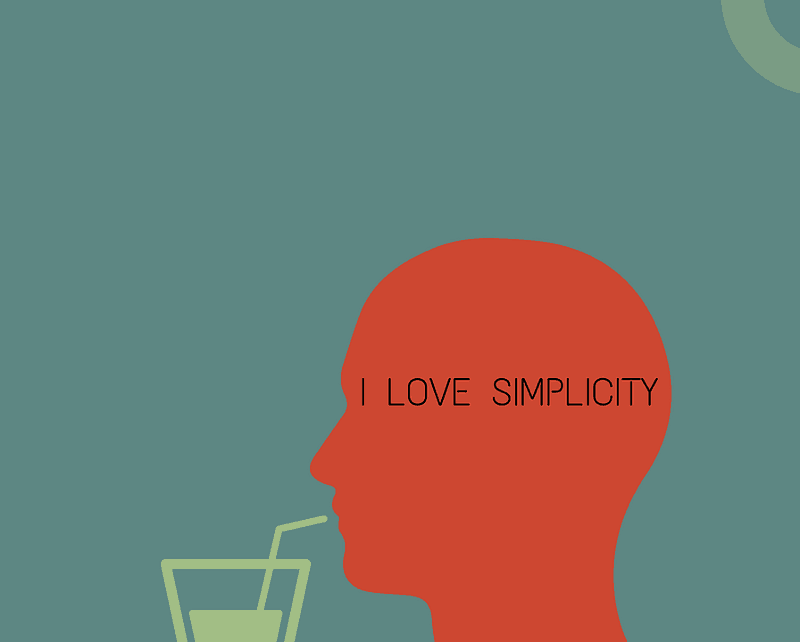




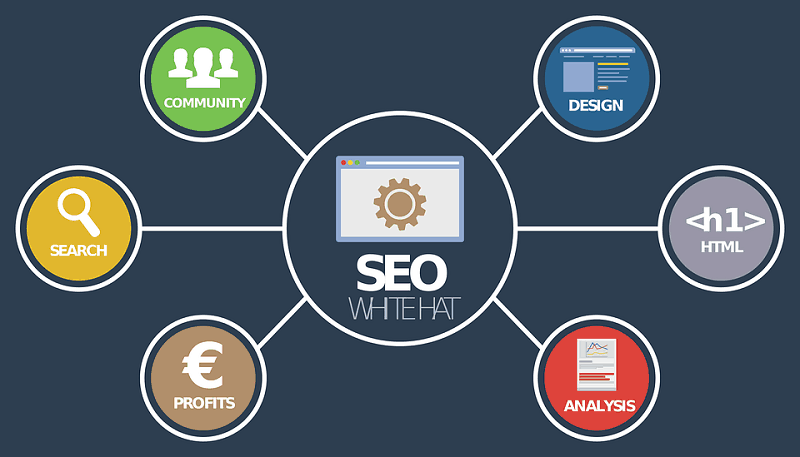






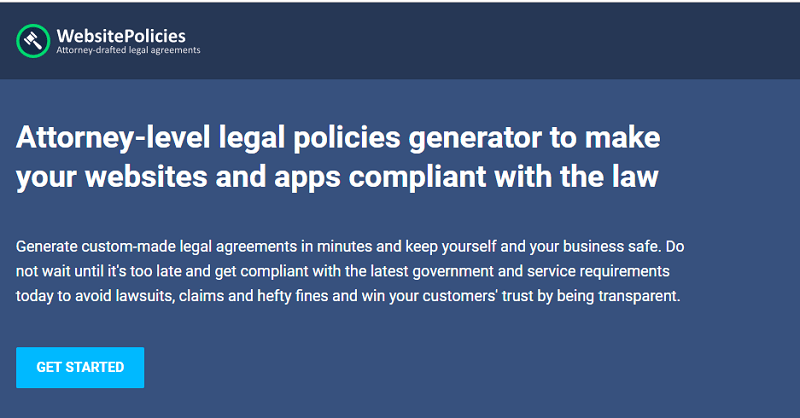

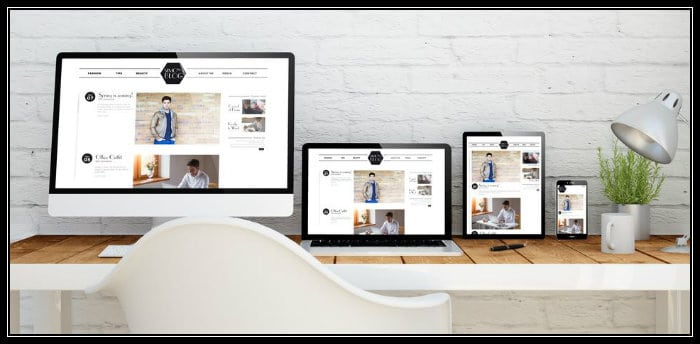

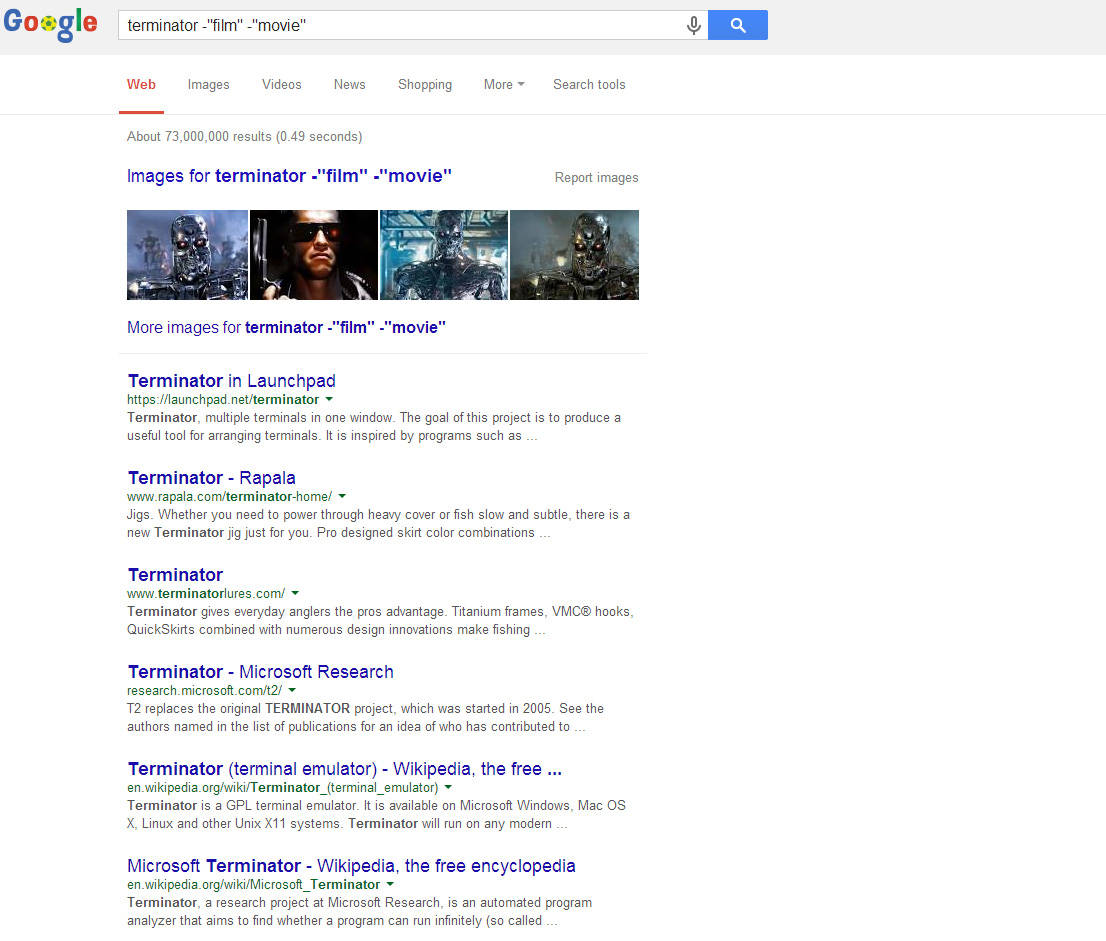







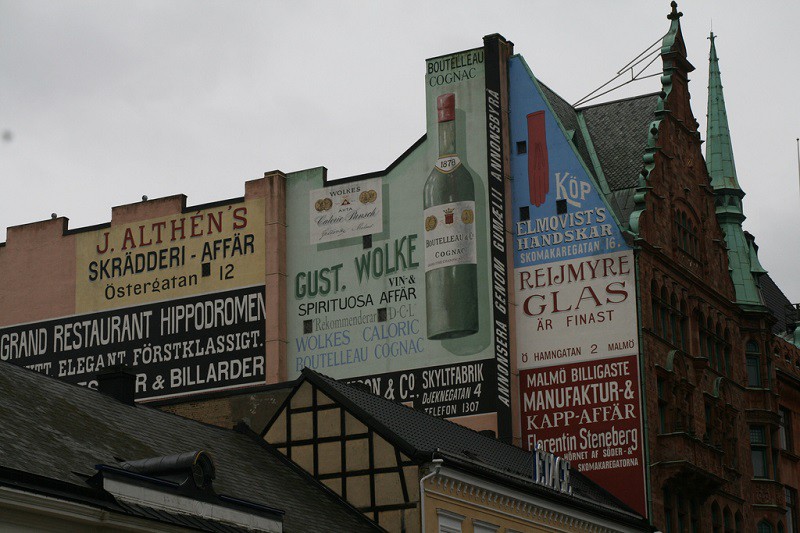
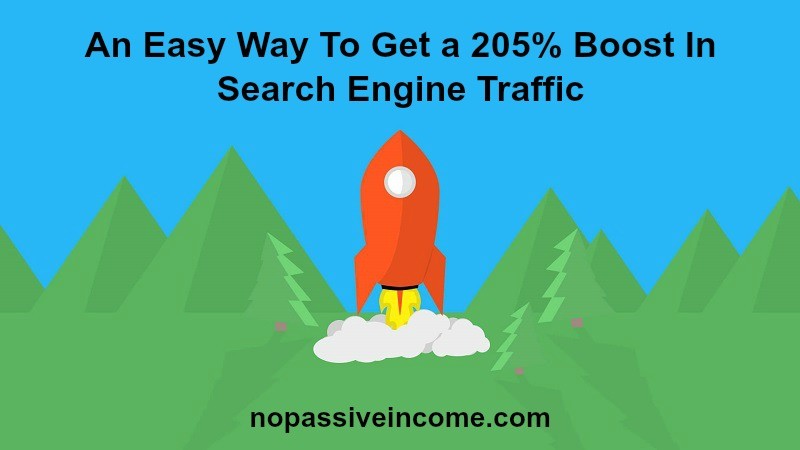
I totally agree with using less words. Mark Twain has a saying about it although I don’t remember his exact phrase. Anyway that’s a major reason I like the articles here I don’t have to fight my way through reading it to learn what you’re teaching
I totally LIKE your idea Erik!
It’s more on user experience, functionality and straightforward message that come across prospects to click on that “BUY” button.
More and more sites should make changes or redesigning how their customers would interact with the site. As sometimes, i get to sites that I feel quite losts or overwhelmed with its modern effects and it really does look good but it’s not what you’re client/customer needs.
Glad to have read this wonderful posts. More like these PLEASE!! 🙂
Thanks,
Tom
I agree, in general. I’ve been preaching to my clients about streamlining sites for the past couple of years now. TO make a great streamlined site, your information architecture needs to be concise and clear. Give some thought as to what your site visitors are really looking for. Name your top navigational items user centric names, but remember to be clear!
Where I disagree is in your recommendation on content. Given that Google likes to see good quality copy, one would be unwise to reduce your copy to less than 250 words on key pages. You can definitely have this length of copy and still have a clean appearing website. Just make the copy scannable. Use of headers, bold, and lists will achieve this.
Seeing as how people’s attention spans seem to be shorter than ever, it only makes sense to make your site (and the message it conveys) as concise and brief as possible. And stop focusing so much on trying to ‘wow’ people with fancy effects already! Unless you’re a web design firm, I suppose, then go for it 😉
Hi Erik,
Less word article is best when you know very well what you are writing with proper keywords and tags, I have written some articles which are below 500 words but ranked 1st on google, so If you have quality in your article then it will ranked high with no matter.
Hi Erik,
You have written an amazing post. The points you have mentioned in your post are relevant and must e be followed. And i agree with all your points, mainly regarding the design of logo and site.
Thanks for sharing.
Really, minimalist website design tips is very effective,
Thank You.